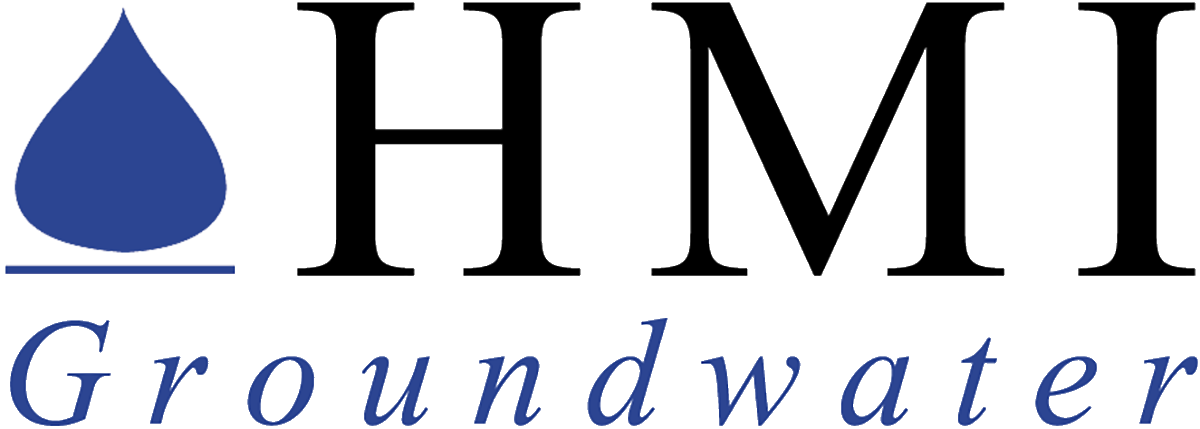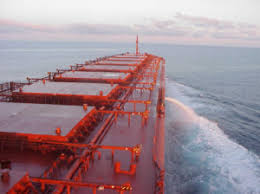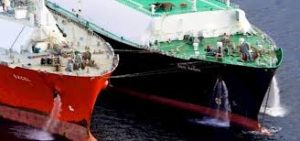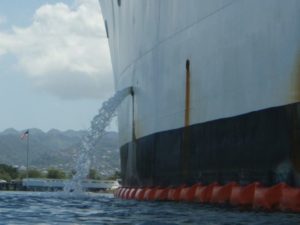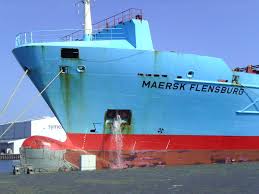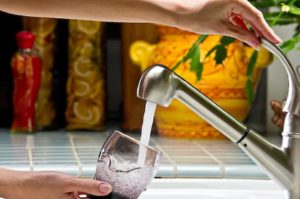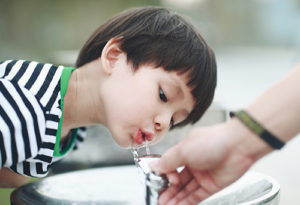All life on Earth depends on water. Human uses include drinking, bathing, crop irrigation, electricity generation, and industrial activity. For some of these uses, the available water requires treatment prior to use. Over the last century, the primary goals of water treatment have remained the same—to produce water that is biologically and chemically safe, appealing to consumers, and non-corrosive and non-scaling. If water systems are mismanaged, public health emergencies can occur, such as in Flint, MI in 2014.
WATER USES
- In 2015, total U.S. water use was approximately 322 billion gallons per day (Bgal/d), 87% of which was freshwater. Thermoelectric power (133 Bgal/d) and irrigation (118 Bgal/d) accounted for the largest withdrawals.1 Thermoelectric power plants use water for cooling. Though 41% of daily water use is for power generation, only 3% of these withdrawals are consumptive.1 Irrigation includes water applied to agricultural crops along with the water used for landscaping, golf courses, parks, etc.1
- In 2015, California and Texas accounted for 16% of U.S. water withdrawals.1 These states along with Idaho, Florida, Arkansas, New York, Illinois, Colorado, North Carolina, Michigan, Montana, and Nebraska account for more than 50% of U.S. withdrawals.1 Florida, New York, and Maryland accounted for 50% of saline water withdrawals.1
